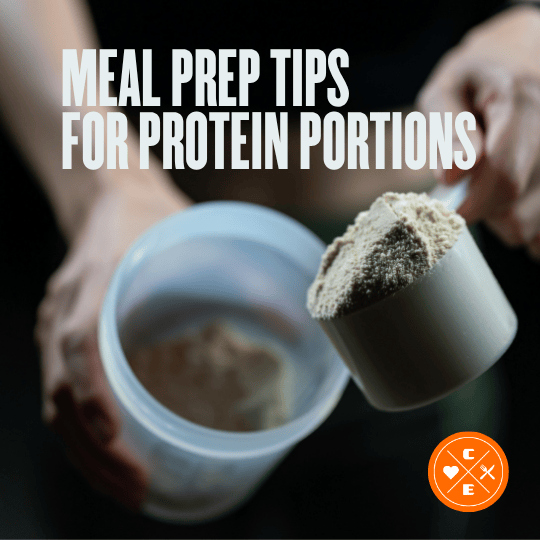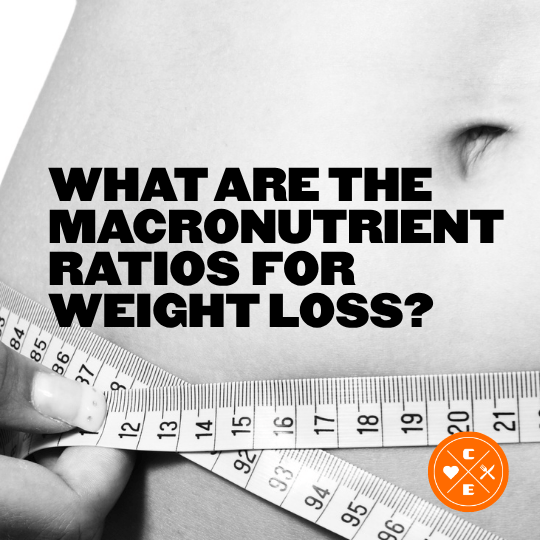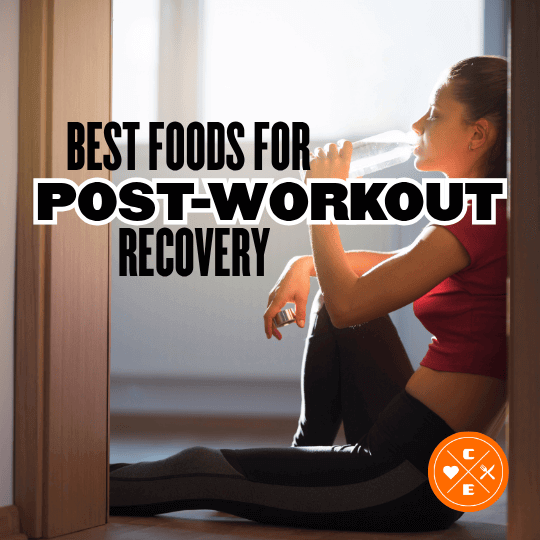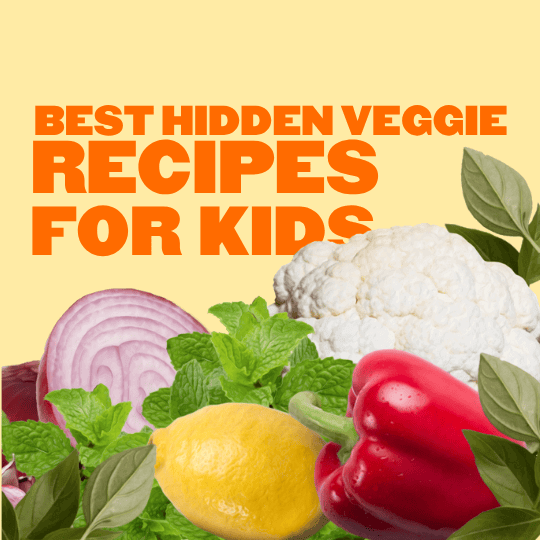Meal Prep Tips for Protein Portions

Jason Nista
Nutrition
|
Healthy Recipes
12/30/2025 8:20am
7 minute read
Quick Answer: For effective protein portioning during meal prep, aim for 20-40 grams of protein per meal spread across 3-4 daily meals. Use a kitchen scale to measure 3-4 ounce portions of cooked protein (roughly palm-sized), store in airtight containers for up to 4 days refrigerated, and batch cook proteins like chicken, fish, and eggs on prep day to save time throughout the week.
Getting your protein portions right can feel like guesswork—especially when you're juggling meal prep, fitness goals, and a busy schedule. Too little protein and your muscles don't get what they need. Too much in one sitting and your body can't use it efficiently.
The good news? Once you understand the basics of protein portioning, meal prep becomes much simpler. This guide covers how to calculate your needs, why timing matters, and practical strategies for prepping protein that stays fresh and delicious all week. For a deeper dive into all aspects of meal preparation, our Complete Meal Prep Guide covers everything from planning to storage.
How Much Protein Do You Actually Need?
The amount of protein you need depends on your body weight, activity level, and goals. The standard Recommended Dietary Allowance is 0.8 grams per kilogram of body weight, but that's really a baseline for general health—not optimal for anyone trying to build muscle or stay active.
If you're exercising regularly or focused on muscle growth, research suggests aiming for 1.6 to 2.2 grams per kilogram of body weight daily. For a 160-pound person, that translates to roughly 116 to 160 grams of protein per day. During a calorie deficit for fat loss, you may need even more—up to 2.4 grams per kilogram—to preserve muscle mass while losing weight.
Rather than obsessing over exact numbers, a practical approach is to target 30-40 grams of protein per meal across 3-4 meals. This naturally puts most people in the right range without constant tracking. If you're specifically focused on gaining muscle, our Complete Guide to Gaining Healthy Weight breaks down the specifics.
Why Spreading Protein Throughout the Day Matters
Here's something that surprises most people: eating 90 grams of protein at dinner isn't the same as eating 30 grams at three separate meals. Your body can only use so much protein at once for muscle building, and spreading intake throughout the day can boost muscle protein synthesis by about 25%.
The typical American eating pattern skews heavily toward dinner—roughly 13 grams at breakfast and 38 grams at dinner. This leaves your muscles without adequate amino acids for most of the day, limiting their ability to repair and grow.
Athletic trainer Sarah Wardlaw puts it simply: "Your first meal of the day should have at least 30 grams of protein. That's really important, especially if you're trying to maximize muscle growth." If you're not a breakfast person, even quick options like Greek yogurt or a protein shake can get you started on the right foot.
When meal prepping, this means portioning your proteins so each container delivers that 30-40 gram target. It takes the daily guesswork out of the equation—grab a prepped meal and you know you're hitting your numbers.
Best Protein Sources for Meal Prep
Not all proteins are created equal when it comes to meal prep. The best options cook well in batches, store without drying out, and reheat without turning rubbery. Chicken thighs are more forgiving than chicken breast and stay moist for days. Salmon and other fatty fish hold up beautifully and add omega-3s to your diet. Eggs are incredibly versatile—hard-boil a dozen on Sunday and you've got grab-and-go protein all week.
For variety, mix animal and plant-based proteins. Lentils, black beans, and chickpeas are budget-friendly and add fiber alongside protein. Greek yogurt and cottage cheese work great for breakfasts and snacks. Here's a quick reference for common protein sources:
| Food | Serving | Protein |
|---|---|---|
| Chicken breast | 3 oz cooked | 26g |
| Salmon | 3 oz cooked | 22g |
| Ground turkey (93% lean) | 3 oz cooked | 23g |
| Large eggs | 2 eggs | 12g |
| Greek yogurt | 6 oz | 15-18g |
| Lentils | 1 cup cooked | 18g |
| Cottage cheese | 4 oz | 14g |
Simple Portioning Tips That Actually Work
A kitchen scale is your best friend when starting out. Weigh 3-4 ounces of cooked protein per meal—this typically delivers 20-30 grams depending on the source. After a few weeks, you'll develop an eye for portions and won't need to weigh everything.
The palm method works as a quick visual guide: a portion of meat roughly the size and thickness of your palm equals about 3-4 ounces. It's not perfectly precise, but it's close enough for practical meal prep.
When batch cooking, let proteins cool for about 30 minutes before transferring to airtight containers. Label each container with the date—cooked proteins stay fresh in the fridge for up to 4 days. If you're prepping for longer than that, freeze the extra portions immediately. They'll keep for up to 3 months without losing quality.
Store containers on the middle shelf of your fridge where temperature stays most consistent. When reheating, add a splash of water or broth to help proteins retain moisture—nobody wants rubbery chicken on day four.
How Clean Eatz Kitchen Makes Protein Portioning Easy
If measuring, cooking, and portioning feels like more work than you signed up for, pre-portioned meals can simplify everything. Clean Eatz Kitchen's High Protein Meal Plan delivers chef-prepared meals with 35+ grams of protein per serving—already portioned and ready to heat.
Each meal arrives frozen with a 12-month shelf life, so you always have properly portioned protein on hand even during your busiest weeks. The rotating monthly menu keeps things interesting, and you can add extra protein to any meal if your needs are higher.
For those who prefer flexibility, the Build Your Own Meal Plan lets you choose your proteins and sides while still getting the convenience of pre-portioned, macro-balanced meals. It's a practical middle ground between full DIY meal prep and complete convenience.
Frequently Asked Questions
How much protein do I need per meal for muscle growth?
Aim for 20-40 grams of protein per meal, spread across 3-4 meals daily. Research shows this approach stimulates muscle protein synthesis more effectively than eating most of your protein at dinner.
What's the easiest way to measure protein portions?
Use a kitchen scale to measure 3-4 ounce portions of cooked protein. Once you get familiar with portion sizes, your palm can serve as a visual guide—a palm-sized portion of meat is roughly 3-4 ounces and provides 20-25 grams of protein.
How long can I store meal prepped proteins in the fridge?
Cooked proteins like chicken, fish, and beef stay fresh in the refrigerator for up to 4 days when stored in airtight containers. For longer storage, freeze portions for up to 3 months.
Why is spreading protein intake throughout the day better than eating it all at once?
Spreading protein across meals can boost muscle protein synthesis by about 25% compared to loading up at dinner. Your muscles need a steady supply of amino acids throughout the day for optimal repair and growth.
The Bottom Line
Effective protein portioning doesn't require complicated math or expensive tools. Know your target (roughly 30-40 grams per meal for most active people), spread it across your day, and batch cook proteins that store well. Whether you're prepping everything yourself or using ready-made options like Clean Eatz Kitchen, consistency is what drives results.
Start simple: prep one protein source this week, portion it into containers with the date labeled, and see how much easier hitting your protein goals becomes when the work is already done.
Related Articles
Macronutrient Ratios for Weight Loss: A Complete Guide
13 minute read
Best Foods for Post-Workout Recovery
31 minute read
Best Hidden Veggie Recipes for Kids
22 minute read



